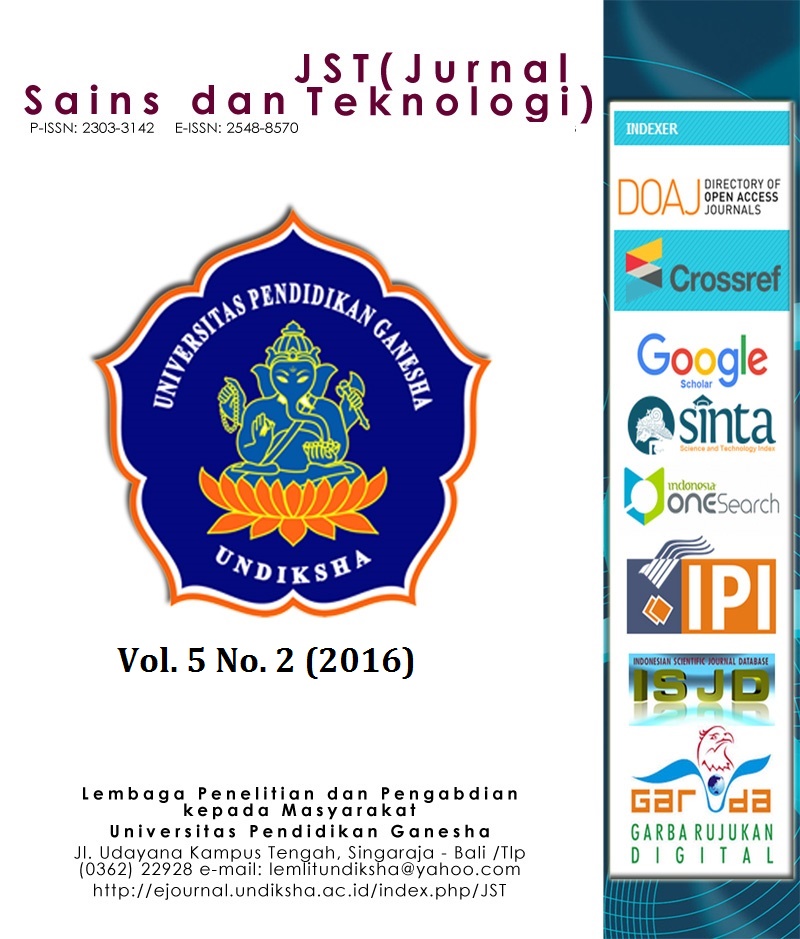SISTEM PENDUKUNG KEPUTUSAN TENDER PROYEK MENGGUNAKAN METODE BENEFIT COST RATIO
DOI:
https://doi.org/10.23887/jstundiksha.v5i2.8570Abstract
The procurement process became one of the important aspects for PT. PLN (Persero) to operate the company. One way to meet these needs is through the project tender. The tender process aims to get high-grade materials with the lowest prices that meet the criteria of efficiency PT. PLN (Persero). In order to simplify the bidding process required a decision support system. The method used in this system is Benefit Cost Ratio (BCR). Input in this application are the documents and the tender offer price from bidders with complete tender documents that have been validated by prospective bidders and then selected by the tender committee to make an assessment and validation winner. The output of this process is the winner of the tender project based on calculations Benefit Cost Ratio (BCR). Therefore, the method Benefit Cost Ratio (BCR) can be used as a decision support system to determine the winner of the project tender.Downloads
Published
2017-01-28
How to Cite
Rukmana, S. H. (2017). SISTEM PENDUKUNG KEPUTUSAN TENDER PROYEK MENGGUNAKAN METODE BENEFIT COST RATIO. JST (Jurnal Sains Dan Teknologi), 5(2). https://doi.org/10.23887/jstundiksha.v5i2.8570
Issue
Section
Articles
License
Authors who publish with the Jurnal Sains dan Teknologi (JST) agree to the following terms:
- Authors retain copyright and grant the journal the right of first publication with the work simultaneously licensed under a Creative Commons Attribution License (CC BY-SA 4.0) that allows others to share the work with an acknowledgment of the work's authorship and initial publication in this journal.
- Authors are able to enter into separate, additional contractual arrangements for the non-exclusive distribution of the journal's published version of the work (e.g., post it to an institutional repository or publish it in a book), with an acknowledgment of its initial publication in this journal.
- Authors are permitted and encouraged to post their work online (e.g., in institutional repositories or on their website) prior to and during the submission process, as it can lead to productive exchanges, as well as earlier and greater citation of published work. (See The Effect of Open Access)
















